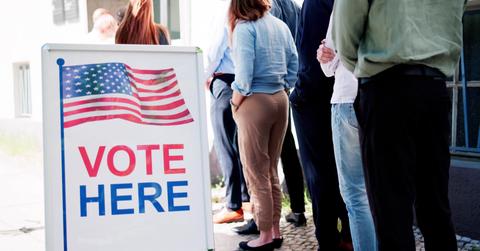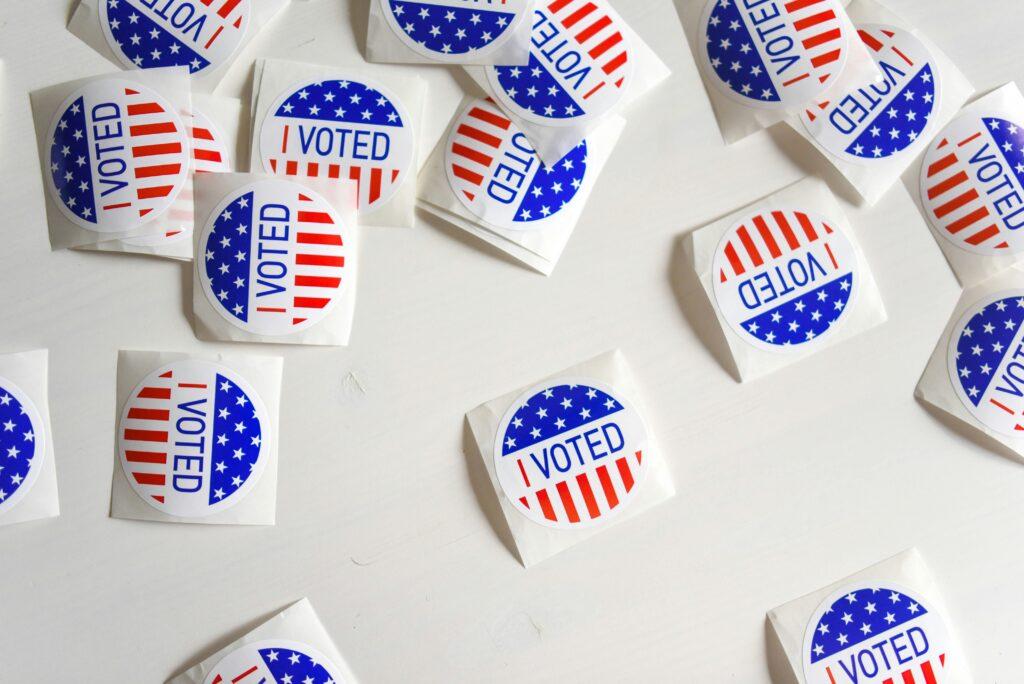New To Voting? Here’s Everything You Need To Know For Voter Registration

If this November’s presidential election is the first time you will be voting, you may have a lot of questions. The voting and voter registration process can be overwhelming and can often deter folks from registering to vote in the first place.
As you’re getting started, know you are not alone: Just 23% of voting-eligible people under 30 voted in the 2022 midterm elections, according to CIRCLE. One third of the 77% who did not vote in 2022 said they did not have enough information to vote, and 21% said they didn’t know where to vote.
Your vote matters, so we’ve pulled together everything you need to know about registering to vote, checking your registration status and figuring out where to vote on Election Day.

Who Can Register To Vote?
For the 2024 presidential election, you need to be 18 years old by Election Day, which is Tuesday, Nov. 5.
In some states, you can pre-register to vote when you are 16 or 17 years old. Make sure you read the rules for your specific state ahead of time.
Currently, you can register to vote only if you are U.S. Citizen. If you are not a citizen but are a permanent legal citizen or green card holder, you are not allowed to vote in federal elections like the presidential election, but you may be able to vote in local elections, which are also very important.
You are also required to be a registered resident in the state you are planning to vote in. Check your state’s residency requirements, as some require you to be living there for a certain period of time before an election. If you are experiencing homeless, you can still vote! Learn more about that here.
Voter registration may also require you to provide a driver’s license, state ID number, Social Security number or other documentation, and depends on your state’s requirements. States have different voter identification laws in effect, so it’s important that you check your state’s laws to know what forms of identification you’ll need to register.
How To Register To Vote
It takes about two minutes to register to vote, according to Vote411, and nearly all states allow residents to register online. You can register to vote, or update your voter registration, on the federal website vote.gov.
If you would prefer to register by mail, you can print out the National Mail Voter Registration Form and follow your state’s specific directions (which start on page 3). Once you fill out the form and sign your name, mail it in an envelope with appropriate postage to your state or local election office.
You can also register to vote in person at DMVs, public assistance offices, libraries and universities.
Each state has a different deadline to register to vote, and it may depend on your method of registration, so you can check out the interactive voter information map created by Rock The Vote to help you check deadlines and registration status.

How To Find Your Polling Location
Once you have registered, you will need to figure out where you go to vote on Election Day. Visit usa.gov for information on how to find your polling place, which is determined by your home address.
You can also contact your state and local election offices for assistance finding your polling location or use the search function on vote.org for a quick an easy way to find your polling place.
Different Ways To Vote
Most states offer early voting in the lead-up to Election Day for folks who want to avoid waiting in line at their polling location. For first time voters, early voting is a great way to learn the process.
You can vote by mail using a mail-in ballot – it’s safe and secure! This method is helpful for folks with disabilities or who may have difficulty getting to the polls on Election Day due. Your state will have specific rules for mail in voting, so be sure to check what they are ahead of time. If you choose to vote by mail, you will fill out the mail-in ballot and insert it into a provided security envelope then return it through the mail or by depositing it in a designated ballot drop box.
If you do not live in the states that have automatic mail-in voting, you may still be able to vote by mail by requesting an absentee ballot.
You can of course vote in-person on Election Day (make sure you’ve figured out where your polling location is!). Polling locations open between 6 a.m. and 9 a.m. and stay open until around 7 p.m. or 9 p.m. It is important to double check what time your specific polling location will be open.






